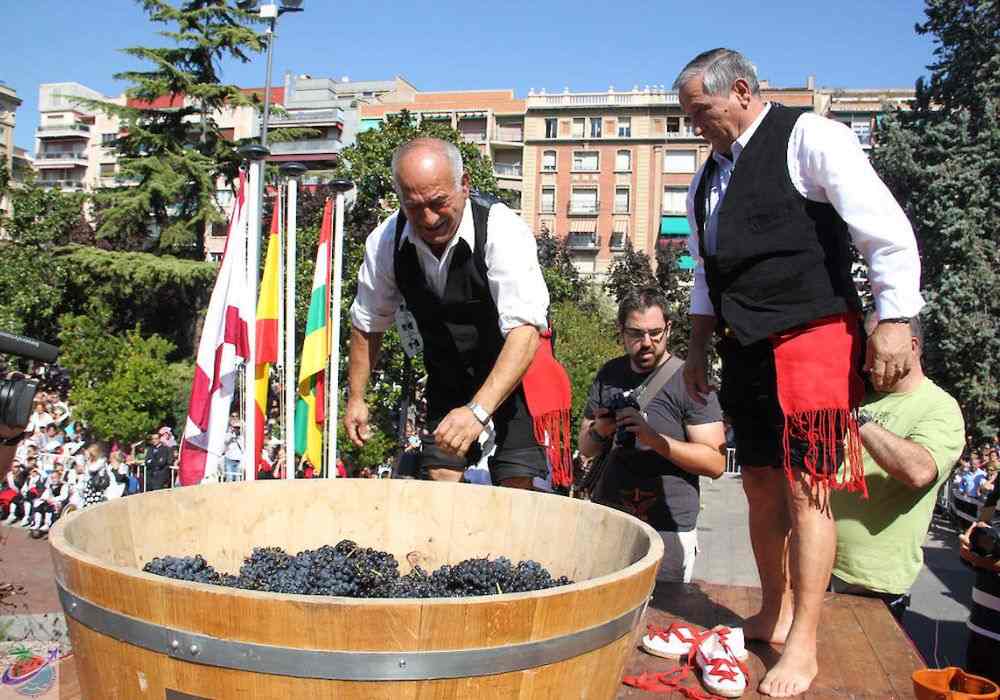Europe is among the top travel destinations globally. Its rich culture, history, stunning landscapes, and world-class attractions make it a must-visit for travelers. However, determining the best time to visit Europe can be challenging due to the diverse climates, events, and activities.
This guide will help you determine the best time to visit Europe, taking into account your interests, weather preferences, and travel goals. Whether you want to enjoy the Mediterranean beaches, explore historical landmarks, or experience the winter magic of European cities, there’s a perfect time for every traveler.
Table of Contents:
Understanding Europe’s Climate
Best Time to Visit Europe Based on Seasons
- Spring (March-May)
- Summer (June – August)
- Fall (September – November)
- Winter (December – February)
Best Time to Visit Europe for Specific Interests
- Best Time for Beach Lovers
- Best Time for Culture and History Buffs
- Best Time for Nature and Outdoor Enthusiasts
- Best Time for Budget Travelers
Quick Overview: Best Time to Visit Europe by Region
Introduction
Europe offers a diverse range of travel experiences throughout the year, from the sunny Mediterranean beaches to the snow-capped Alps. However, the best time to visit Europe depends on several factors, including the weather, tourist crowds, and specific events. In this article, we’ll break down the ideal travel seasons for various activities, helping you make the most of your European adventure.
Understanding Europe’s Climate
Europe’s climate is highly diverse, with different regions experiencing distinct weather patterns. Here’s a quick overview of how Europe’s climate varies:
- Southern Europe (Mediterranean): Warm summers and mild winters. Popular destinations include Spain, Italy, Greece, and Croatia.
- Northern Europe: Cooler temperatures, with cold winters and mild summers. Popular destinations include Scandinavia, the UK, and the Baltic States.
- Western Europe: Moderate climate with mild winters and summers. France, Belgium, the Netherlands, and Germany fall into this category.
- Eastern Europe: Hot summers and cold winters. Popular destinations include Poland, Hungary, Romania, and the Czech Republic.
By understanding these regional differences, you can select the optimal time to visit, tailored to your preferences and activities.
Best Time to Visit Europe Based on Seasons
Spring (March-May)
Spring is one of the most ideal seasons to visit Europe. As the weather starts to warm up, the crowds are smaller than during the summer months, and the landscapes are bursting with vibrant colors. Spring is a perfect choice if you enjoy mild weather and want to see Europe come to life with flowers in bloom.

- Weather: Temperatures range from 10°C (50°F) to 20°C (68°F), depending on the region.
- Highlights:
- Enjoy the beautiful tulip fields in the Netherlands (April).
- Experience cherry blossoms in Paris and Rome.
- Explore cities and historical sites without large summer crowds.
Best places to visit:
- Paris, France: See the Eiffel Tower surrounded by blooming gardens.
- Amsterdam, Netherlands: Visit the Keukenhof Gardens to see the tulip festival.
- Rome, Italy: Explore the Colosseum and other ancient ruins in comfortable temperatures.
Summer (June – August)
Summer is the high season in Europe, bringing warm weather, long days, and vibrant festivals. It’s the best time for beach lovers and outdoor enthusiasts, but it also means crowded tourist hotspots and higher prices. If you don’t mind the crowds, summer is an excellent time to experience Europe’s lively atmosphere.

- Weather: Hot temperatures ranging from 20°C (68°F) to 35°C (95°F).
- Highlights:
- Enjoy Mediterranean beaches in Spain, Greece, and Italy.
- Attend famous festivals such as the Running of the Bulls in Spain or the Glastonbury Festival in the UK.
- Explore famous landmarks in cities like Paris, Rome, and London.
Best places to visit:
- Barcelona, Spain: A fantastic destination for a beach holiday combined with cultural experiences.
- Greek Islands: Perfect for clear blue waters and sun-soaked days.
- Paris, France: Explore outdoor cafes and enjoy late-night walks by the Seine.
Fall (September – November)
Fall is considered one of the best times to visit Europe. As the summer crowds start to thin out, the weather remains pleasant, especially in the Mediterranean. Additionally, the fall foliage creates stunning views across the continent, particularly in the countryside and mountainous regions.

- Weather: Temperatures range from 15°C (59°F) to 25°C (77°F).
- Highlights:
- Experience autumn foliage in countries like Austria, Switzerland, and Germany.
- Participate in harvest and wine festivals in Italy, France, and Spain.
- Visit historical landmarks with fewer tourists.
Best places to visit:
- Munich, Germany: Experience Oktoberfest and discover the Rich culture of Bavaria.
- Tuscany, Italy: Go wine-tasting in the rolling hills during the harvest season.
- Prague, Czech Republic: Enjoy beautiful fall colors and less crowded sightseeing.
Winter (December – February)
The best time to visit Europe Is Winter, which can be enchanting, especially if you’re interested in festive Christmas markets, winter sports, or experiencing the charm of European cities dusted with snow. Northern Europe is particularly magical during the winter months, offering opportunities for skiing and other snow activities.

- Weather: Cold temperatures, ranging from -5°C (23°F) to 10°C (50°F).
- Highlights:
- Christmas markets in Germany, Austria, and Switzerland.
- Skiing in the Alps.
- Fewer tourists and lower accommodation prices (except during Christmas and New Year).
Best places to visit:
- Vienna, Austria: Explore beautiful Christmas markets and enjoy festive lights.
- Swiss Alps: Perfect for skiing, snowboarding, and winter sports.
- Lapland, Finland: A winter wonderland with opportunities to meet Santa Claus and experience the Northern Lights.
Best Time to Visit Europe for Specific Interests
Best Time for Beach Lovers
If you’re a beach lover, the best time to visit Europe is during the summer months (June-August). The Mediterranean coast boasts some of the world’s finest beaches, with destinations such as the Greek Islands, the French Riviera, and Spain’s Costa Brava all offering sun, sea, and sand.
However, for fewer crowds, consider traveling in late spring (May) or early fall (September) when the weather is still warm but there are fewer tourists.
Best Time for Culture and History Buffs
For history and culture enthusiasts, spring (March to May) and fall (September to November) are the ideal times to visit. The weather is mild, and you can explore Europe’s historic cities and landmarks without the summer crowds. The cultural events, museums, and historical sites are more accessible during these off-peak months.
Best Time for Nature and Outdoor Enthusiasts
Spring (March-May) and fall (September-November) are excellent times for nature lovers. These seasons offer ideal conditions for hiking, trekking, and outdoor activities, characterized by moderate temperatures and fewer tourists. The landscapes in the Alps, Scottish Highlands, and the countryside of Italy and France are stunning in these months.
Best Time for Budget Travelers
If you’re traveling on a budget, the best time to visit Europe is during the off-peak seasons: late fall (October – November) and winter (December – February), excluding the holiday season. During these months, you can find lower flights, accommodations, and attraction prices. Fewer tourists mean better deals, and you can avoid the inflated prices of high season.
Quick Overview: Best Time to Visit Europe by Region
| Region | Best Time to Visit | Reason |
| Southern Europe | May – October | Warm weather is perfect for beaches & outdoor activities |
| Northern Europe | May – September | Ideal for sightseeing and outdoor adventures |
| Western Europe | March – May, September – November | Mild temperatures, fewer tourists |
| Eastern Europe | May – October | Perfect for city exploration and nature hikes |
Conclusion
The best time to visit Europe largely depends on what you want to do. Whether you’re planning to soak up the sun on Mediterranean beaches, explore historical landmarks, enjoy cultural festivals, or experience a winter wonderland, there’s a perfect season for every traveler.
You can plan the perfect European getaway by considering the weather, crowds, and your personal preferences. Remember that spring and fall are great times to avoid the crowds, while summer is ideal for beach vacations and vibrant festivals. Winter offers a magical experience, especially for winter sports enthusiasts and holiday market enthusiasts.
Now that you know the best times to visit Europe, start planning your dream trip and make the most of everything this incredible continent offers. Happy travels!



Leave a Reply